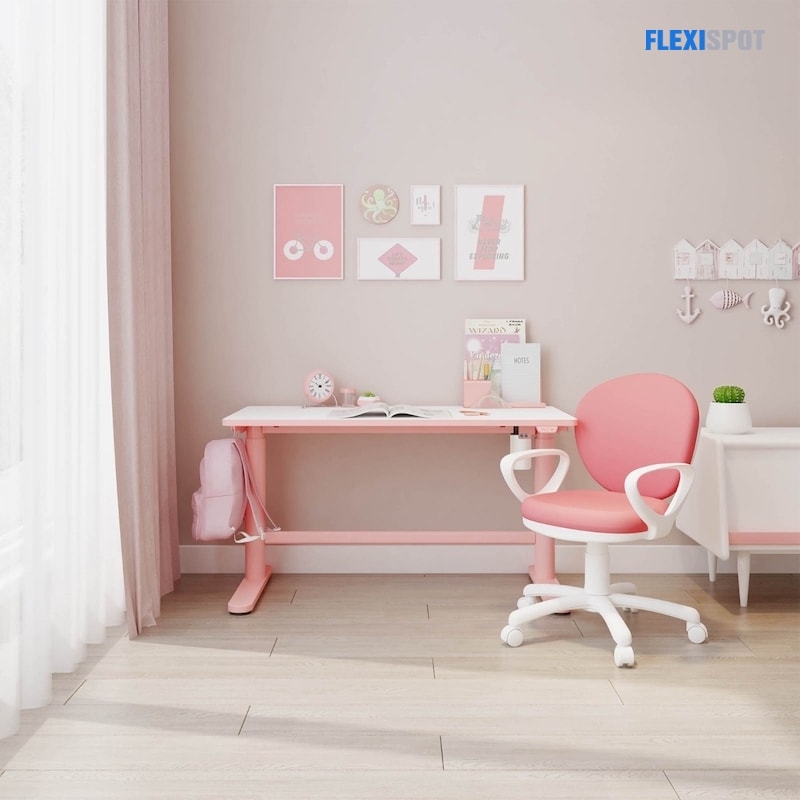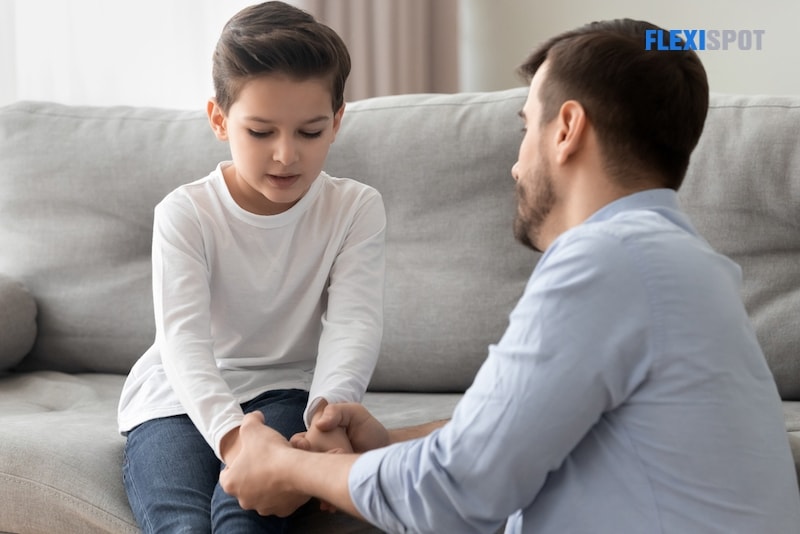Your child’s early development is crucial in determining what their values will be when they grow up. While there are many factors that will come into play during their growing up years, such as the school they would be going to or the friends they would be hanging out with, what you teach your children at a young age would stick and guide them as they navigate through life.
First of all, it’s important that your kid understands why they have to say sorry in the first place. More than just a gesture, saying sorry teaches your kid to distinguish right from wrong, take responsibility for the wrongdoing that they did, correct it, and try to heal the damage it has done to the relationship. Your kid must understand how their misbehavior was taken by another party and why he wouldn’t want it to be done to himself. Forcing your kid to say sorry won’t ever work because, as mentioned, they’ll most likely say it just because you said so. What’s more important is that they understand the gravity of the word and what it would mean to the person to who they caused pain to. When you raise a kid who knows how to apologize genuinely, you are raising an adult who knows how to let go of their ego in order to do the right thing.
We list down some ways how you can teach your kid to say sorry and actually mean it:
1. Serve as a role model.
We’ll start with this first because kids, in their growing-up years, have sponge-like brains. They absorb everything, not only the words that you say but also the actions you do even when you thought they weren’t looking. Set an example. Learn to acknowledge your mistakes and say sorry when you have to. Open communication channels and be vulnerable. When in an argument with your partner that your child might overhear, let one of you be the bigger person and say the magic word, “sorry.” Most likely, your kid will pick it up and emulate your humility to say sorry.
2. Teach your kids how to distinguish right from wrong.
We all have a different moral compass but our society runs through universal rules that we can all be in agreement with. One is to always choose love and be kind even in the most difficult situations. When you teach your kid not to hurt or inflict any pain on others, most likely, they won’t even have to apologize in the first place. Not everyone is perfect, of course, but it’s a good starting point to teach good behavior—much like how we say that prevention is always better than cure. When your kids know what is right from wrong, they will also most probably know when to say sorry.
3. Talk to your kid and help them understand that what they did was wrong.
Now when the damage has been done, you have to sit down with your kid and talk about what happened. Ask them what they would have felt if what they did were done to them. Make them realize how important the person they have wronged to them. Layout the consequences to oneself and to others if they hold back from saying sorry. Once your kid understands the gravity of their actions, they would learn how to exercise empathy and say sorry.
4. Teach your kid how to apologize the right way.
We don’t want someone just saying sorry for the sake of it. It’s obvious when the apology is just full of air. It’s important that your kid understands how to say sorry properly. He must make eye contact and avoid being fidgety—this will make his apology more sincere and firm.
The composition of the apology also matters. It’s not enough to just utter the word “sorry” because it will just sound insincere. The wronged party must feel that your kid understands what specific action he did wrong. The next thing is to promise to behave better in the future. Lastly is to ask if he has been forgiven or of ways on how he could show that he means he’s sorry. It should sound something like this: I am sorry for eating your part of the cake. Next time, I will ask you first before I even consider eating your share. Let me know how I can make it up to you.”
Put all together, the voice must not be in a mocking tone because that might just add salt to injury and aggravate the situation.
5. Investigate the root of the problem.
Understand why your child did what he did. Was he hungry? Does he think that he deserves more cake? Did he know that the slice of cake left was not for him? Make sure your kid knows that you have listened to his woes and why he still needs to say sorry. Emphasize that you are proud of him for the bravery that he will show as soon as he says sorry genuinely. Serve as the neutral mediator by making both kids understand the nature of the conflict. It happens because of the involvement of two people and it doesn’t matter who started it. What matters is to end it before it stains the relationship permanently.
6. Pave the way for an apology to happen but let your kid say sorry to the aggrieved side his own way.
Not everyone is comfortable uttering the word “sorry” so allow your kid to find out for himself how he wants to say sorry. It doesn’t have to be verbal; it can come in the form of physical touch, gifts, or acts of service.

One way you may do this is to schedule a playdate. Leave the kids in the room with probable tubs of paint to play with or a puzzle to finish together. They could also play board games or cards. To ensure your kids’ safety, FlexiSpot has two desks designed for children. These are the height-adjustable ergonomic study desk at $259.99 and the hand crank ergonomic Stand kids desk at $199.99. Using the spacious desktop surface, they might start painting together or writing down their thoughts to share. These two tables can grow with your child with the height range in between 21.7” to 35.” The frame has smooth round edges and is water- and stain-resistant. The two also have a built-in bag hook that is durable and strong enough to hold heavy bags or whatnot. The difference between the two desks is that one is electric and powered by a single-press control button for going up and down and the other is manual where you can move the crank in case you want to lower or raise the desk.



